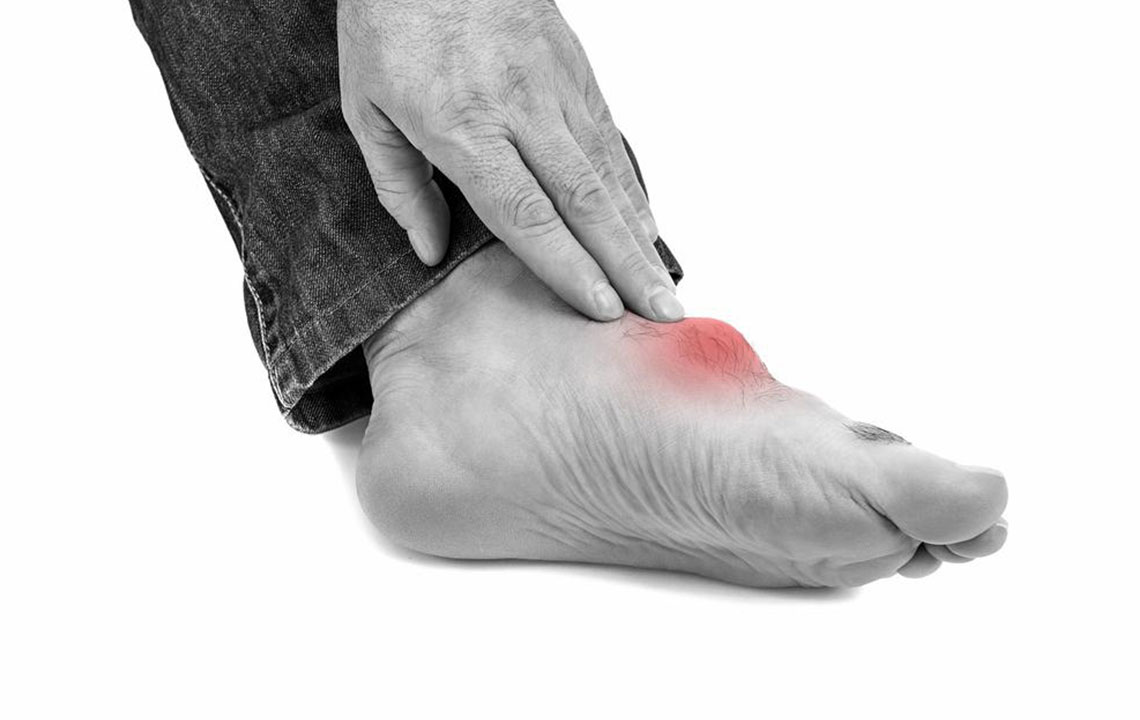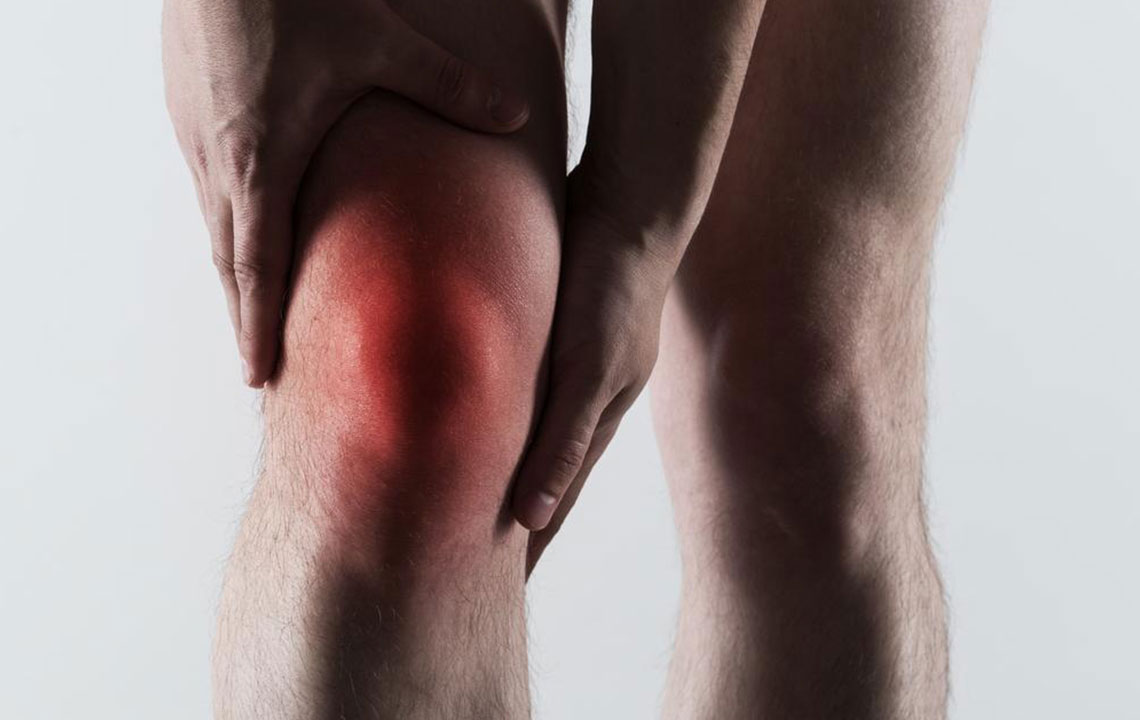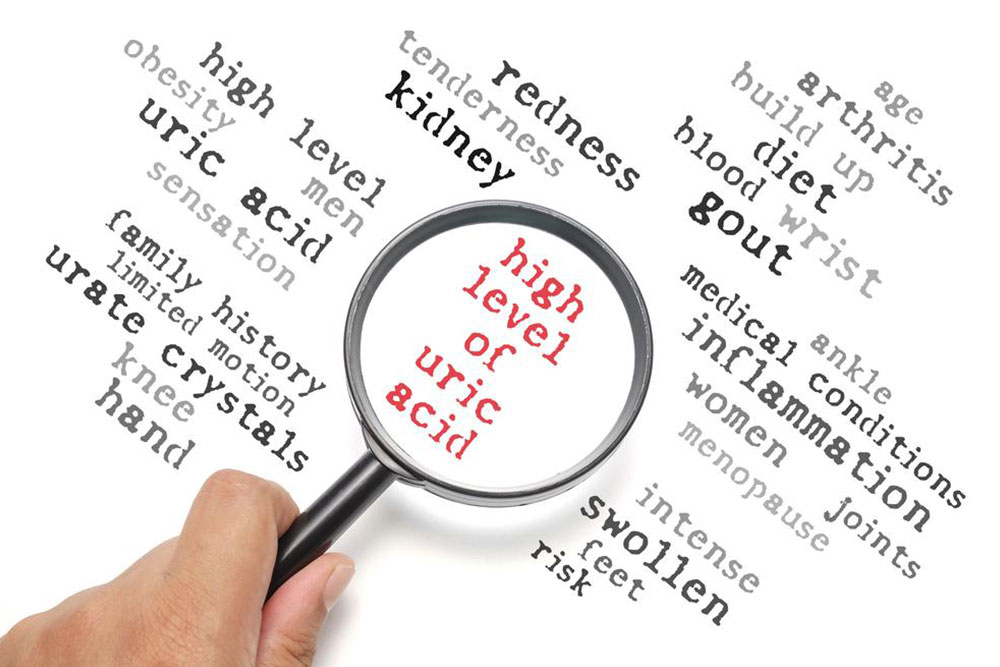Your Complete Guide to Managing Gout Effectively: Treatments, Lifestyle Tips, and Preventive Strategies
This comprehensive guide provides an in-depth overview of gout, highlighting effective treatments, lifestyle modifications, and preventative strategies. It covers diagnosis, medication options, and tips for managing acute attacks and preventing future episodes. By understanding the causes and adopting proper management techniques, patients can control symptoms, avoid joint damage, and improve their quality of life. The article emphasizes the importance of medical supervision, medication adherence, and lifestyle adjustments to successfully manage this common yet complex form of arthritis.

Your Complete Guide to Managing Gout Effectively: Treatments, Lifestyle Tips, and Preventive Strategies
Gout is a complex form of arthritis that affects millions worldwide. It is characterized by sudden, intense episodes of joint pain, swelling, redness, and stiffness that can significantly impair daily function and quality of life. Understanding the nature of gout, its causes, symptoms, and treatment options is essential for those affected. Proper management can prevent recurrent attacks, joint deterioration, and other long-term complications, making this guide a vital resource for patients, caregivers, and healthcare professionals alike.
Understanding Gout: What Is It and How Does It Occur?
Gout is a type of inflammatory arthritis caused by an accumulation of uric acid crystals in the joints. Uric acid is a waste product formed when the body breaks down purines, substances found naturally in many foods and drinks. Normally, uric acid is dissolved in the bloodstream and eliminated through the kidneys via urine. However, when the body produces too much uric acid or the kidneys do not excrete enough, uric acid levels in the blood rise—a condition known as hyperuricemia. Elevated uric acid can lead to crystal formation within joint tissues, triggering sudden and intense bouts of inflammation, known as gout attacks.
Gout most commonly affects the big toe but can also impact other joints such as the ankles, knees, elbows, fingers, and wrists. Factors that increase the risk of developing gout include genetics, obesity, high-purine diets, excessive alcohol consumption, dehydration, certain medications, and underlying health conditions like hypertension and kidney disease.
How Is Gout Diagnosed?
Accurate diagnosis is crucial for effective management. Healthcare providers typically diagnose gout through a combination of clinical assessment and laboratory tests. The process often begins with a detailed medical history and physical examination, focusing on the affected joints' appearance, temperature, and range of motion.
To confirm gout, doctors may perform a joint aspiration—removing a small sample of synovial fluid from the swollen joint with a needle. Under a microscope, the fluid is examined for needle-shaped uric acid crystals, which are definitive indicators of gout. Blood tests are also conducted to measure serum uric acid levels; however, high uric acid alone does not confirm gout, as some individuals have elevated levels without symptoms. Imaging studies such as X-rays, ultrasound, or dual-energy CT scans can help identify joint damage or uric acid crystal deposits, especially in chronic cases.
Medications for Gout: An In-Depth Look
Effective gout management involves a combination of medications designed to rapidly relieve symptoms during attacks and prevent future episodes. The proper use of these drugs, under medical supervision, is critical to achieving optimal control.
Short-Term Treatments for Acute Gout Attacks
During an acute flare, the primary goal is to relieve pain, reduce inflammation, and restore joint function promptly. Non-steroidal anti-inflammatory drugs (NSAIDs) are the first-line treatment for most patients. Common NSAIDs include naproxen, indomethacin, and ibuprofen. These medications help reduce swelling, redness, and pain but should be used cautiously in individuals with gastrointestinal, kidney, or cardiovascular issues.
Corticosteroids such as prednisone can be prescribed in cases where NSAIDs are contraindicated or ineffective. These steroids can be administered orally or through joint injections to quickly control inflammation. It is essential to follow the dosage instructions carefully to minimize side effects, and the medication should only be used for a short duration under medical supervision.
Long-Term Management and Preventive Medications
Preventing recurrent gout attacks requires ongoing medication therapy aimed at controlling uric acid levels. Several classes of drugs are used for long-term management:
Uricosuric agents: These medications, like probenecid and lesinurad, enhance the kidneys' ability to excrete uric acid, thereby lowering blood levels.
Urate-lowering therapy (ULT): Drugs such as allopurinol and febuxostat inhibit uric acid production, helping to maintain safe uric acid levels and prevent crystal formation.
The choice of medication depends on the patient's attack frequency, uric acid levels, and presence of comorbid conditions. Regular monitoring through blood tests is important to ensure that uric acid remains within target ranges. Patients should adhere strictly to their prescribed treatment plans, and any dose adjustments or medication changes should always be made under healthcare provider guidance.
If medications are insufficient to control symptoms or joint damage has occurred, surgical interventions—such as joint debridement or tophi removal—may be necessary. These procedures are typically reserved for severe cases where conservative management fails.
Lifestyle Modifications: Key to Managing Gout
Beyond pharmacological treatment, lifestyle changes play a pivotal role in controlling gout. Patients are advised to adopt a low-purine diet, minimizing intake of foods high in purines such as red meats, organ meats, shellfish, and certain fish like sardines and mackerel. Avoiding or limiting alcoholic beverages, especially beer and spirits, is essential since alcohol interferes with uric acid excretion.
Incorporating a diet rich in vegetables, fruits, low-fat dairy products, plant oils, citrus fruits, and whole grains can help reduce uric acid levels naturally. Regular hydration with water supports kidney function and promotes uric acid elimination. Maintaining a healthy weight is also crucial because obesity is a significant risk factor for gout; gradual weight loss can decrease attack frequency.
During gout attacks, resting and reducing joint stress can help alleviate symptoms. Applying cold packs can relieve inflammation and pain. After symptoms subside, gentle exercises such as walking and stretching can improve joint mobility and prevent stiffness, but only under medical advice.
Preventive Strategies and Ongoing Care
Preventing future gout attacks involves diligent management of uric acid levels, lifestyle adjustments, and regular medical check-ups. Patients should work closely with healthcare providers to develop personalized treatment plans that include medication adherence, diet modifications, and weight management.
Monitoring uric acid levels periodically helps ensure that they stay within safe limits, reducing the risk of crystal formation. Education about recognizing early signs of attacks enables timely intervention, often preventing severe flare-ups.
In summary, managing gout effectively requires an integrated approach that combines medication, lifestyle changes, and ongoing medical supervision. With proper care, individuals with gout can lead active, pain-free lives and minimize the risk of long-term joint damage.





